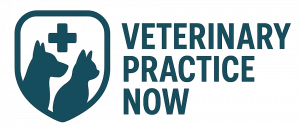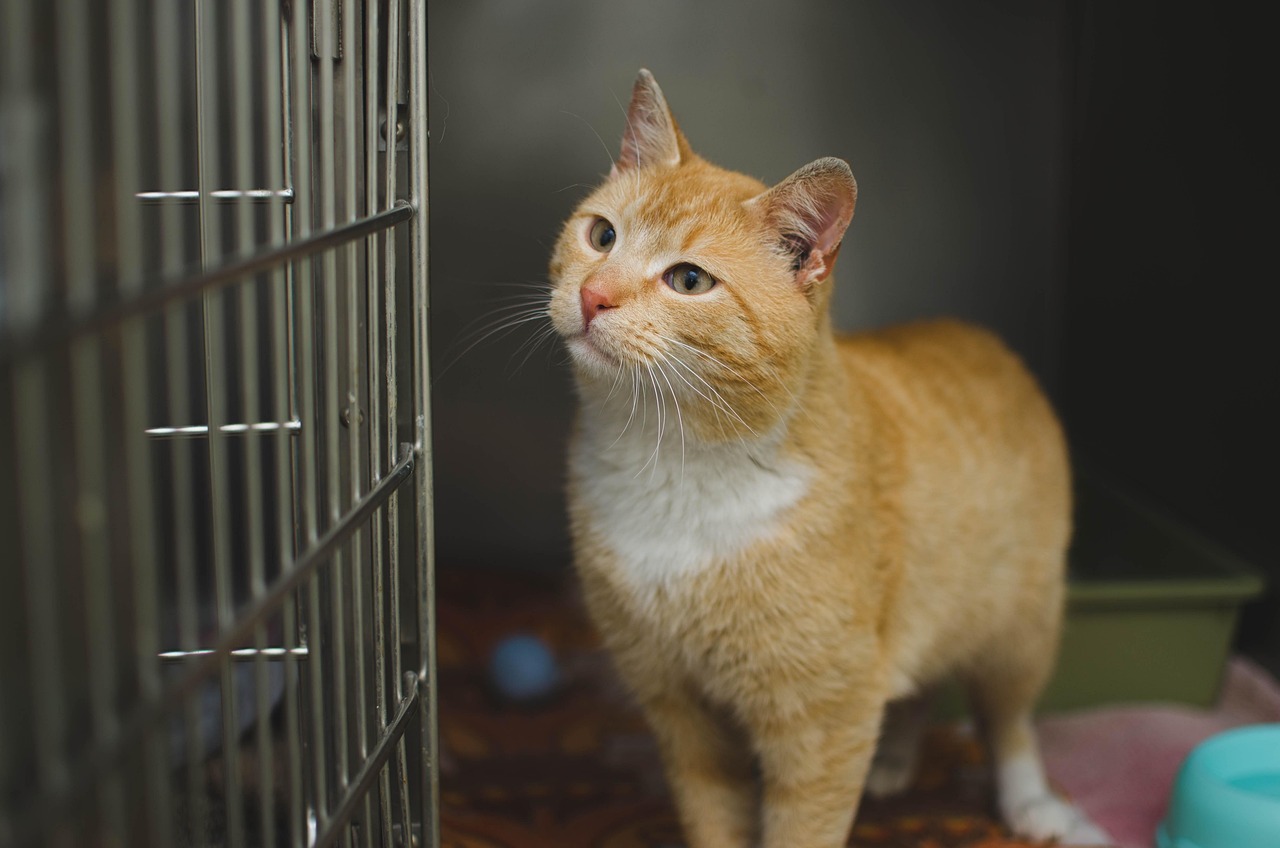Revolutionizing Post-Operative Care for Pets: The Case for Veterinary Rehabilitation
In the realm of human healthcare, physical therapy is a staple in post-operative recovery, significantly enhancing outcomes and speeding up the return to normal function. Surprisingly, this concept hasn’t been universally adopted in veterinary medicine, despite the clear benefits it offers our furry friends. It’s time to delve into the world of veterinary rehabilitation, a field ripe with potential to transform post-surgical recovery for animals.
Understanding Veterinary Rehabilitation
Veterinary rehabilitation employs a variety of techniques similar to human physical therapy, adapted to the needs of animals. This includes directed exercises to boost strength and function, alongside other treatments such as hot and cold therapy, compression therapy, photobiomodulation therapy (laser therapy), shockwave therapy, pulsed electromagnetic therapy, and massage. These modalities are not just effective; most are easily within the skill set of general practitioners and surgeons.
The Evidence Speaks Volumes
Research underscores the effectiveness of post-operative rehabilitation in animals. For instance, a study in the Journal of the American Veterinary Medical Association highlights significant benefits in dogs undergoing surgery for cruciate ligament injuries, advocating for rehabilitation as a standard part of postoperative care. Another study from the Biomed Veterinary Research Journal reports that laser therapy post-spine surgery can markedly improve neurological outcomes in dogs.
Simple Steps to Implement Today
Cold Therapy: Immediately applying cold therapy post-surgery can significantly reduce pain and swelling. It’s crucial to adjust the ice pack size based on the animal’s size to prevent any adverse effects like hypothermia in smaller breeds. Always use a barrier like a towel to protect the skin, and consider combining icing with compression for enhanced benefits.
Heat and Massage Therapy: While heat should be avoided in acute post-operative phases due to the risk of exacerbating inflammation, it can be beneficial later in the recovery process, particularly in conjunction with massage therapy. Massage not only helps alleviate pain but can also aid in nerve recovery, providing a soothing and healing touch to sore muscles.
Advanced Equipment and Training
While many rehabilitation techniques are straightforward, some require specialized equipment and training. For instance:
Pulsed Electromagnetic Field Therapy (PEMF): Useful for enhancing circulation and speeding bone healing.
Shockwave Therapy: Ideal for managing chronic pain, though not typically used immediately post-surgery.
Photobiomodulation (Laser Therapy): A versatile tool that accelerates healing and reduces pain, suitable for use from the initial recovery stages.
For those looking to deepen their expertise, advanced training in veterinary rehabilitation is invaluable. Institutions like Curacore, the Canine Rehabilitation Institute, and Chi University offer comprehensive programs that equip practitioners with the skills necessary to deliver exceptional care.
The potential of veterinary rehabilitation is immense, offering a pathway to enhanced recovery and improved quality of life for pets undergoing surgery. By integrating these practices, veterinarians can not only mirror the successes seen in human physical therapy but also pave the way for innovative treatments in veterinary medicine. As we continue to advance our understanding and application of these therapies, the horizon looks promising for both practitioners and pet owners aiming for optimal animal health and recovery.



